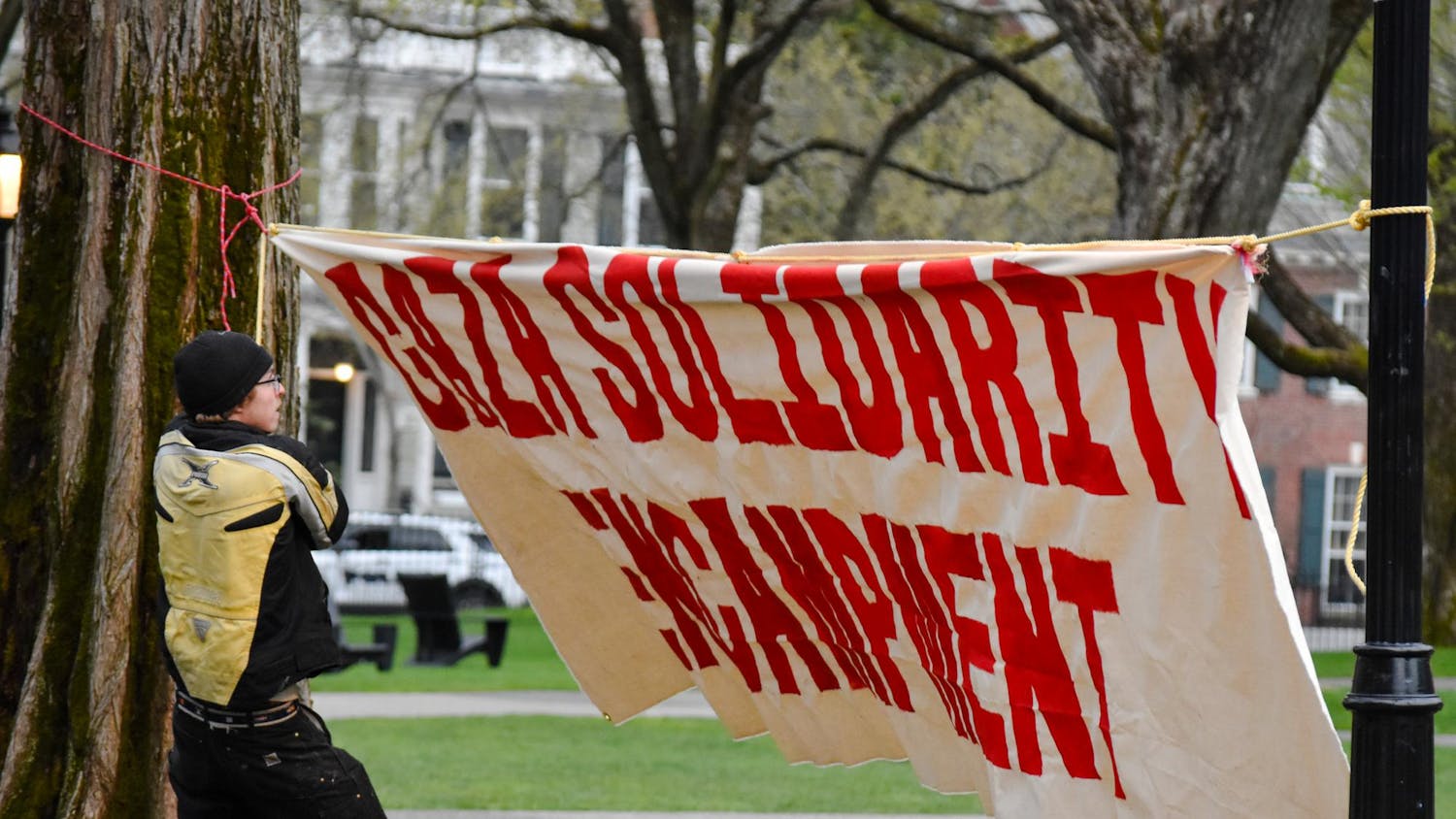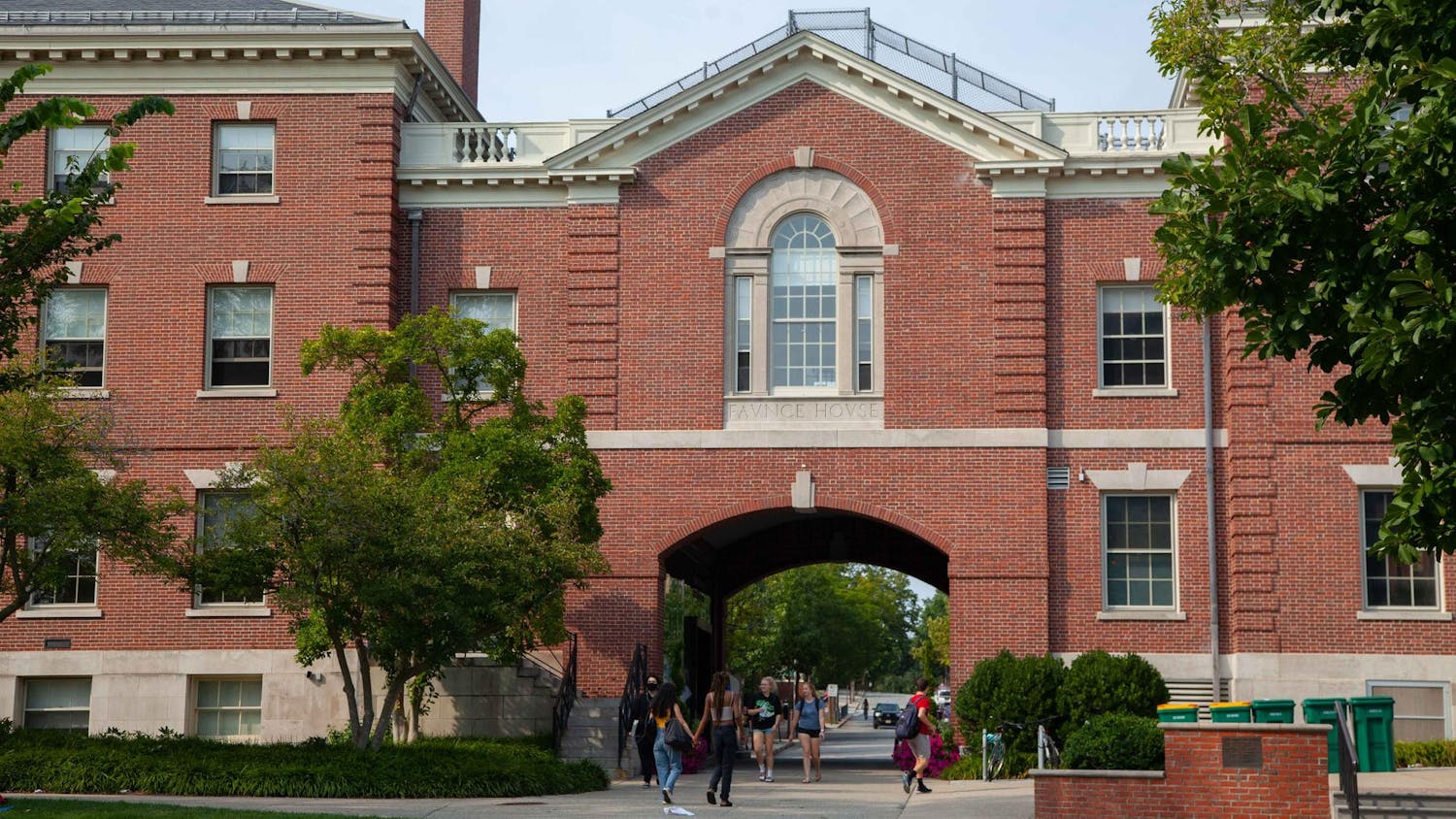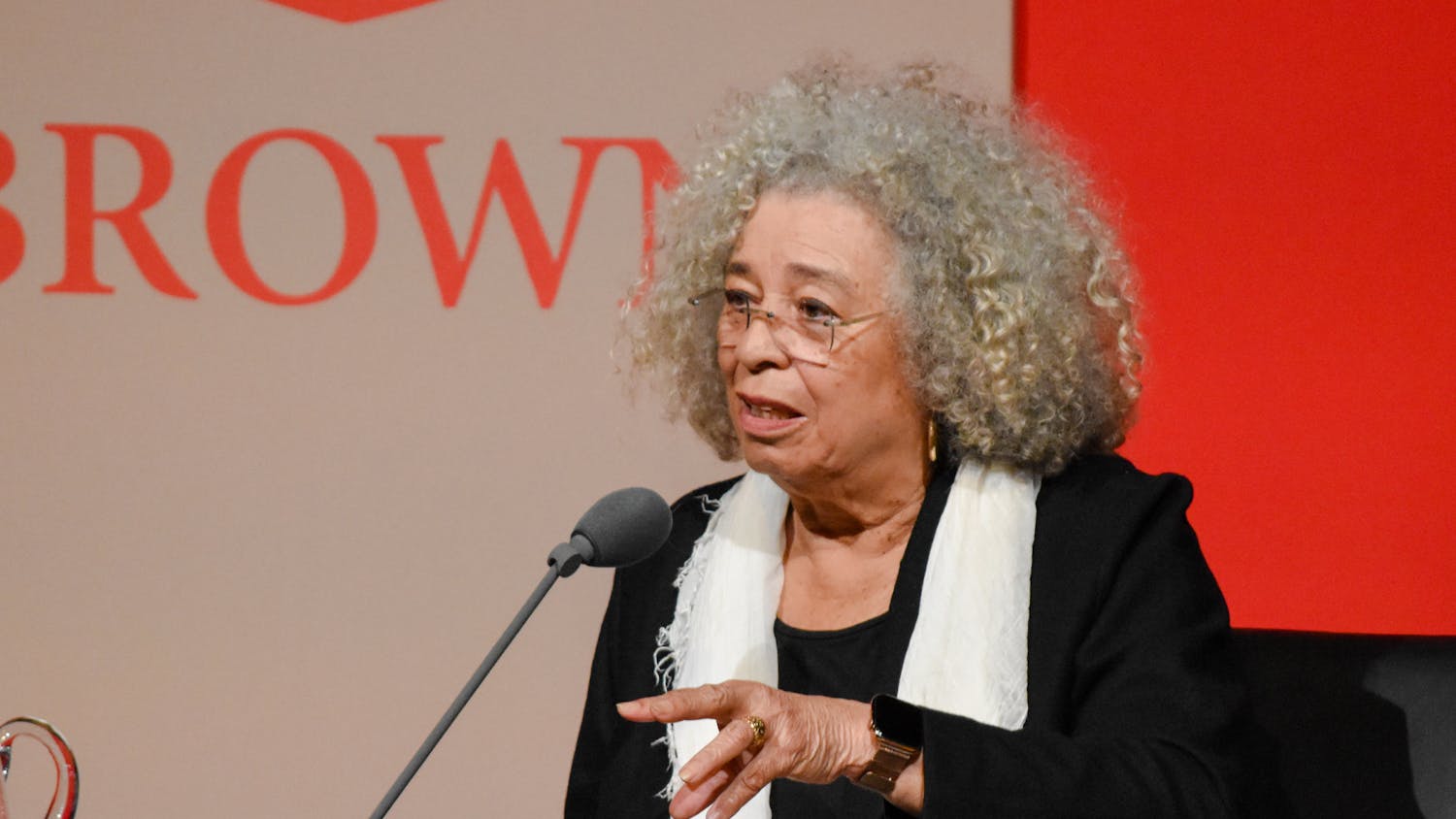In the wake of the mass shooting in Newtown, Conn., universities across the nation have been called on to review their emergency response plans.
Brown’s current emergency plan for hostile intruders has been in place since 2009 and is designed to provide “practical” guidelines for students in the event of a shooter’s presence on campus, said Russell Carey ’91 MA’06, executive vice president for policy and planning. The plan includes directions to run and hide, as well as instructions for calling for help and fighting back.
Revisiting policies
The hostile intruder guidelines make up one section of the Emergency Action Plan, an umbrella policy created by the Office of Environmental Health and Safety. Steve Morin, director of the Office of Environmental Health and Safety, headed the creation of the guidelines in February 2009, Carey said. He added that Morin collaborated heavily with the Department of Public Safety, Psychological Services, the Office of Student Life and other University departments while creating the plan.
Review and revision of the plan is a constant process, involving meetings throughout the year between Morin, Carey, Deputy Chief of Police for DPS Paul Shanley and many different department heads, Carey said. These meetings involve informing departments of their specific roles in the plan and making changes if necessary.
Emergency plans were brought to the foreground with campus administrators last month when President Obama issued an executive action calling for universities to create emergency response plans, according to a Jan. 16 Chronicle of Higher Education article. Since Brown already has a plan in place, Carey said the executive action has little effect on the University’s current policymaking.
But Carey added that the federal government provided information after past emergencies — and he expects more to come. “We have benefited a lot from our relationship with the Secret Service. The Secret Service ... has done a lot of work on warning signs in a school environment,” he said. “I would expect that they will be doing more of that on a national level, and that will be beneficial to us.”
Police preparedness
The other component of the University’s response plan involves protocol and training of DPS officers. Because incidents of school shootings have recently increased across the nation, DPS has a detailed response code as part of its standard procedures, Shanley said.
“We have policies that we use that outline from what the individual officer first on the scene should do to the next steps taken,” Shanley said. DPS participates in an annual training with the Providence Police Department for scenarios with active shooters.
The training takes place in an abandoned building and involves weapons similar to paint guns to simulate an intruder scenario, Shanley said. He added that these sessions with Providence officers are vital because times of emergency require respondents from both police forces to be on the same page.
“We’re trained the exact same way that the Providence officers are because we’re going to be partnering up with them,” he said. “We know as tactics change over the years, both departments are doing the exact same things.”
The DPS plan for hostile intruders underwent a major change in 2006 when officers were first permitted to carry firearms. Former President Ruth Simmons’ decision to arm the officers was very important for the hostile intruder scenario because it allowed DPS officers to take action without waiting for Providence Police, Carey said.
‘Comfortable’ policies
Another effect of the growing national attention to school shootings is the debate over gun control. The issue has been highly contentious in the state and federal government, with special focus given to concealed weapons in schools as a potential safety measure. Many states around the country, including Texas, Tennessee and Virginia, have proposed legislation to allow teachers with the appropriate training to carry concealed weapons, according to a Jan. 30 Fox News article.
But the political attention surrounding gun control has not affected the University’s policy making, Carey said.
“Our policy about no weapons on campus of any sort has been long-standing and not something that we’ve ever debated internally or as a community,” he said. “You certainly see that in other campuses and other states. ... That hasn’t been an issue in Rhode Island, and we’re very comfortable with our policy the way it stands.”
But the administration does not want to ignore the issue, said Marisa Quinn, vice president for public affairs and University relations. The administration is looking to foster discussion and receive student input on the issue, she said. Last month, President Christina Paxson reached out to the Janus Forum to sponsor a series of campus-wide forums on gun control, The Herald previously reported.
Student perspectives
The Sandy Hook shooting drew student responses from a number of campuses around the country, including Harvard and the University of Maryland, both of which contributed memos to a brief compiled by the National Campus Leadership Council and sent to Vice President Joe Biden.
Though Brown is a member of the NCLC, the Undergraduate Council of Students chose not to submit a brief because extensive campus discussion on the issue has yet to take place, said Anthony White ’13, UCS president.
White said that at the time, he had not discussed the issue with the UCS executive board or Paxson, who he knew was planning a campus-wide discussion of gun violence. “I did not feel comfortable presenting a brief until I consulted with all of those parties,” he said. “If we determine that there’s definitely a need to make a statement on it, we will.”
Several students said it is important to have more campus discussion on gun control, but most added that they had little knowledge of the University’s guidelines and policies on the issue. Carey said that distributing that type of information is something the University often struggles with.
“There’s a constant effort to inform and create awareness, but we’re always seeking new and better ways to do that,” he said. “People hear the safety information all the time and don’t always pay attention until something happens.”
— With additional reporting by Maxine Joselow
ADVERTISEMENT




